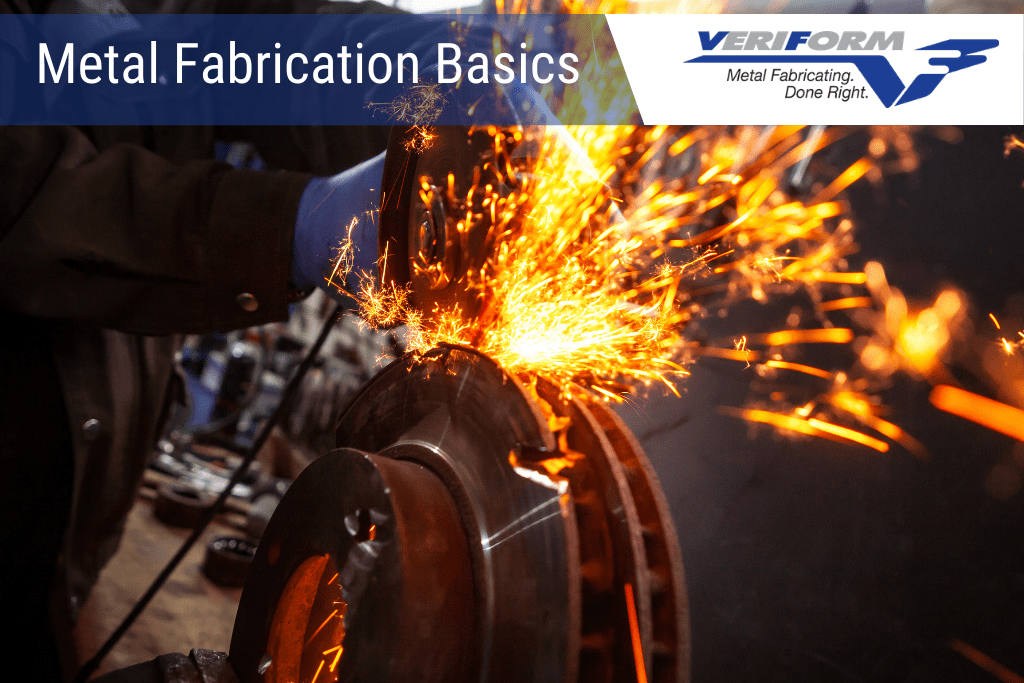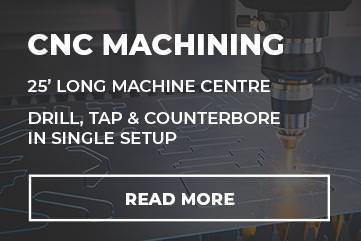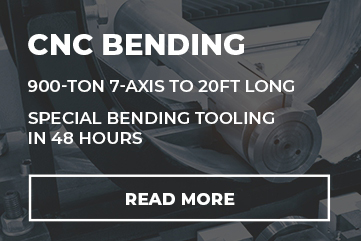News
Metal Fabrication Basics

Metal is one of the most widely used materials around the globe. It is a versatile material that can be used in the manufacturing process within various industries, as well as large-scale projects. For metal to be processed into a functional structure, a fabrication process is first required. Working on any project, it’s important to understand metal fabrication basics. These form the basis of metal production – once a manufacturer or project manager understands the basics, it becomes easier to proceed with the project processes.
What Is Metal Fabrication?
Metal fabrication is a term used to refer to the processing of metal materials. The process starts with raw metal materials. There are different types of fabrication processes that can be used. Apart from types, there are also a variety of techniques used in metal fabrication.
Metal fabrication basics essentially involve understanding how the raw metal is processed into usable parts. These parts can be anything from frameworks used in construction to smaller and complex structures.
The main techniques used in metal fabrication include:
Sheet metal fabrication is currently considered the primary option for companies looking to manufacture items with raw metal materials.
There are also experienced companies that are able to deal with metal fabrication basics, providing the manufacturer with pre-processed metal parts. VeriForm, for example, has been offering such services for more than 20 years already – with a focus on community, sustainability, and education.
Stages of Metal Fabrication
Metal fabrication can be a complex process and generally involves a range of stages. Each stage needs to be completed to ensure the raw materials are processed efficiently and to produce a more functional metal part in the end.
Below is an overview of the stages that generally form part of metal fabrication:
Design: The process of metal fabrication starts with a design. There are different approaches to the design process of metal fabrication. A designer will be required for this process. The designer needs to be experienced in using CAD programs, as this forms the basis for the designing of metal parts. Careful planning of the design is essential – precision also plays a major part in this stage. If the design lacks precision, the parts will not be able to fit together as they should once the fabrication process is complete.
Programming: After an approval process for the design, the next stage is programming. The design is used to develop a custom program for the metal fabrication process. Metal sheets are used during this process. A 2D pattern that represents the part is drawn on the sheets. Multiple sheets are then layered on each other.
Cutting: The next stage involves cutting. During this process, the drawings are used as a guideline. A laser is then utilized in order to cut at the drawings that were made during the programming stage. A specialized program is used, providing an automated process that enhances the overall accuracy.
Punching: When there are countersinks, ribs, or louvers in the parts, a punching stage will be required. A CNC punching machine will be used at this stage. It will hit the sheets in order to create specific shapes that are required.
Bending: Another important stage is bending. During this stage, the sheets are bent to complete the shapes that the manufacturer needs. There are different techniques that can be used during this stage. A clamp is often used to assist with the bending process.
Welding: In most cases, a welding stage is needed too. The specific type of welding depends on the requirements of the project. This may include projection welding, TIG welding, MIG welding, robotic welding, and spot welding. The experts working with the metal fabrication project will decide what type of welding is most ideal for the parts that are being produced
Assembly: Once the primary stages are done, the metal parts are assembled. The assembly process can be simple or complex, depending on the shapes and parts that have been produced.
Powder Coating: An electrostatic powder coating is usually applied to the final product.
Finding the Right Metal Fabrication Provider
There are numerous providers that can assist in the metal fabrication process. It is important to do research prior to selecting a provider.
VeriForm has been in business for more than two decades and focuses on providing superior metal fabrication services. Experts at VeriForm are able to provide on-time delivery to clients. All systems utilized by VeriForm follow ISO 9000-2015 quality standards. This ensures the client can expect only the highest quality fabrication services.
VeriForm is experienced in different types of welding procedures. We also offer precision plasma cutting, among many other services. In recent news, VeriForm has also been named the greenest fabrication company in the Northern region of America.
Visit our website or contact our experts for more information on how metal fabrication experts can help with your manufacturing project.
Metal fabrication is a process that requires specialized expertise. The first step for manufacturers would be to thoroughly understand the essential metal fabrication basics. Manufacturing facilities not equipped with appropriate hardware to process raw metal can also consider using the services of metal processing plants, such as VeriForm.








